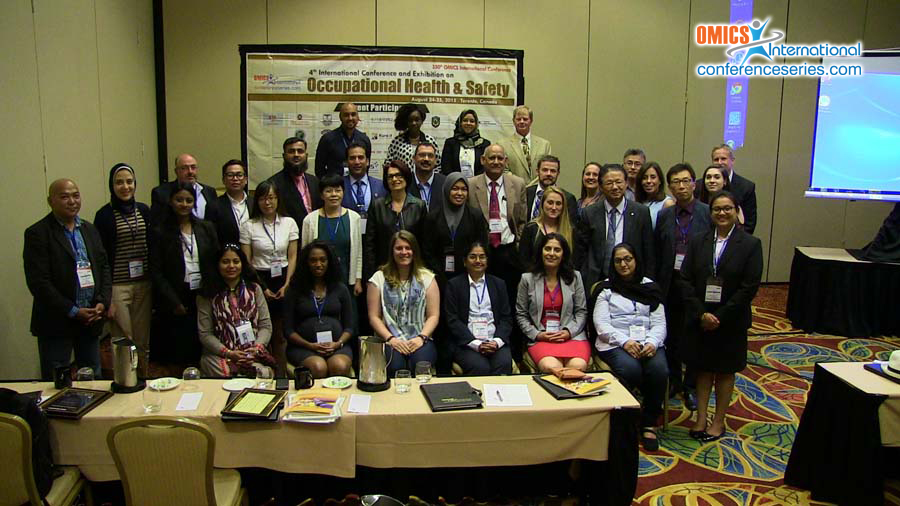Olajumoke Morenikeji
University of Ibadan, Nigeria
Title: Helminth and bacteria co-infection among school aged children in ijoun, Yewa North Local Government Area, Ogun State, Nigeria
Biography
Biography: Olajumoke Morenikeji
Abstract
This study determined the prevalence of co-infection of intestinal helminthiasis and bacteria causing Chronic Suppurative Otitis Media (CSOM) among school-aged children in Ijoun, Yewa North Local Government Area, Ogun state, Nigeria. Helminth eggs were checked for in faecal samples using formol-ether sedimentation technique and ear swab was collected and cultured in the laboratory using blood and macConkey agar. All the school aged children were between 5- 19 years old (mean age 11.5±3.3 years) from primaries two to six. Out of a total of 300 participants, 108 (36%) of the subjects were infected with helminth parasites: Ascaris lumbricoides (28.7%), hookworm (6.7%) and Strongyloides stercoralis (0.7%). Differences in the prevalence of helminth infection between the sexes was not statistically significant (2 = 1.40; p> 0.05), but was statistically significant between the age groups (χ2 = 10.23; p<0.05). A total of 17(5.7%) of the study population was found to have CSOM. The bacteria isolated include: Pseudomonas aeruginosa, Staphylococcus aureus, Klebsiella pneumoniae, Proteus mirabilis and Haemophilus influenzae. Some (2%) of the study population were found to be co-infected with helminth and bacteria infection. Results showed that among the co-infected children, 50% had heavy intensity of helminth infection when compared with single infected children (11.8%). So also 66.7% of the co-infected children had heavy growth of bacteria when compared with those with single infection with bacteria (27.3%). The present study showed that co-infection can increase the susceptibility to other infections.




